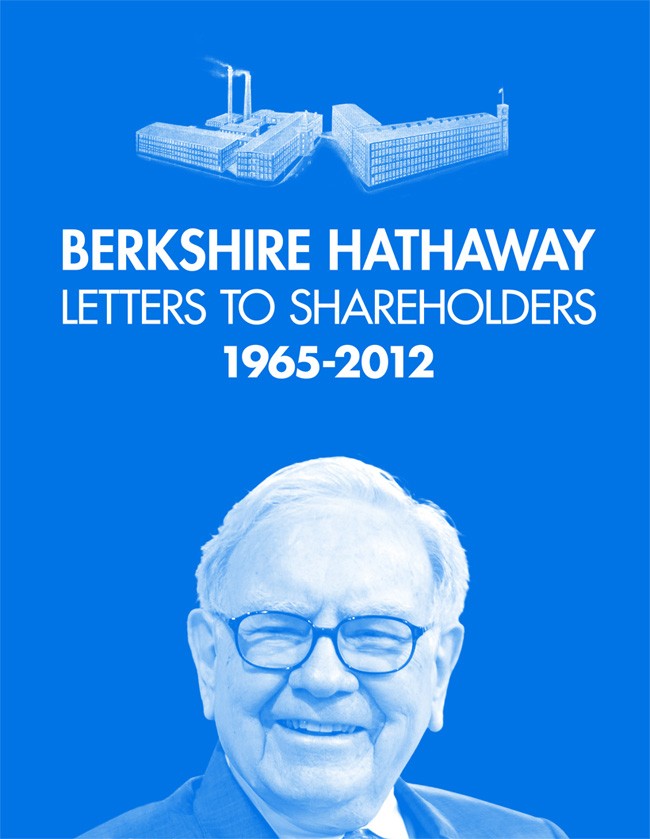Some Thoughts On Berkshire Hathaway s New Shareholder Letter Berkshire Hathaway Inc (NYSE BRK A)
Post on: 12 Июнь, 2015 No Comment

Summary
- Book value disappoints, but it is not a serious issue. Intrinsic value is still growing nicely.
- Conglomerate format shows no signs of change, but a dividend years from now seems much more likely.
- Elephants are hard to find, but very attractive smaller deals are still being made.
- Two hints were given by Munger on successors.
- Railroad troubles are a focal point, and should be remedied.
The most recent shareholder letter from Berkshire Hathaway (NYSE:BRK.A )(NYSE:BRK.B ) marks a special occasion as it has now been 50 years since Warren Buffett took charge of the company. In addition to the normal items seen in the company’s shareholder letters, there is also special commentary from both Warren Buffett and Charlie Munger.
Book Value And Intrinsic Value
One thing that is noticed right away is that in 2014 Berkshire once again had a growth in per-share book value that was lower than the gain of the S&P 500 with dividends included — 8.3% to 13.7%. This marks the fifth time in six years that this has happened. Berkshire book value beating the S&P 500 was formerly almost a sure thing.
While Berkshire’s size is making it more difficult for it to grow, there is also another explanation. Berkshire has shifted from focusing on securities whose increase in value is reflected in book value, to outright owning companies that never get revalued past their cost-based carrying value. So despite all of its growth, a company like Burlington Northern Santa Fe is still at 2010 levels and not 2015.
It is becoming more obsolete to judge management performance using book value and it also creates problems for investors using book value to make purchasing decisions. Whereas Berkshire trading at less than or equal to 1.5x book value might have indicated a time to buy in the past, such a figure can no longer rigidly be held to. One’s own interpretation of intrinsic value per share needs to be relied on more strongly instead of using a proxy for it that is fast becoming grossly inaccurate. The two quantitative factors of intrinsic value per share — the size of Berkshire’s investments per share (that is stocks, bonds and cash equivalents) and earnings per share from sources other than insurance and investments — have both been increasing very satisfactorily. As the shift is towards owning businesses outright instead of investing in common stocks, per-share investment growth takes a backseat to the other factor’s growth.
Per-Share Investments














